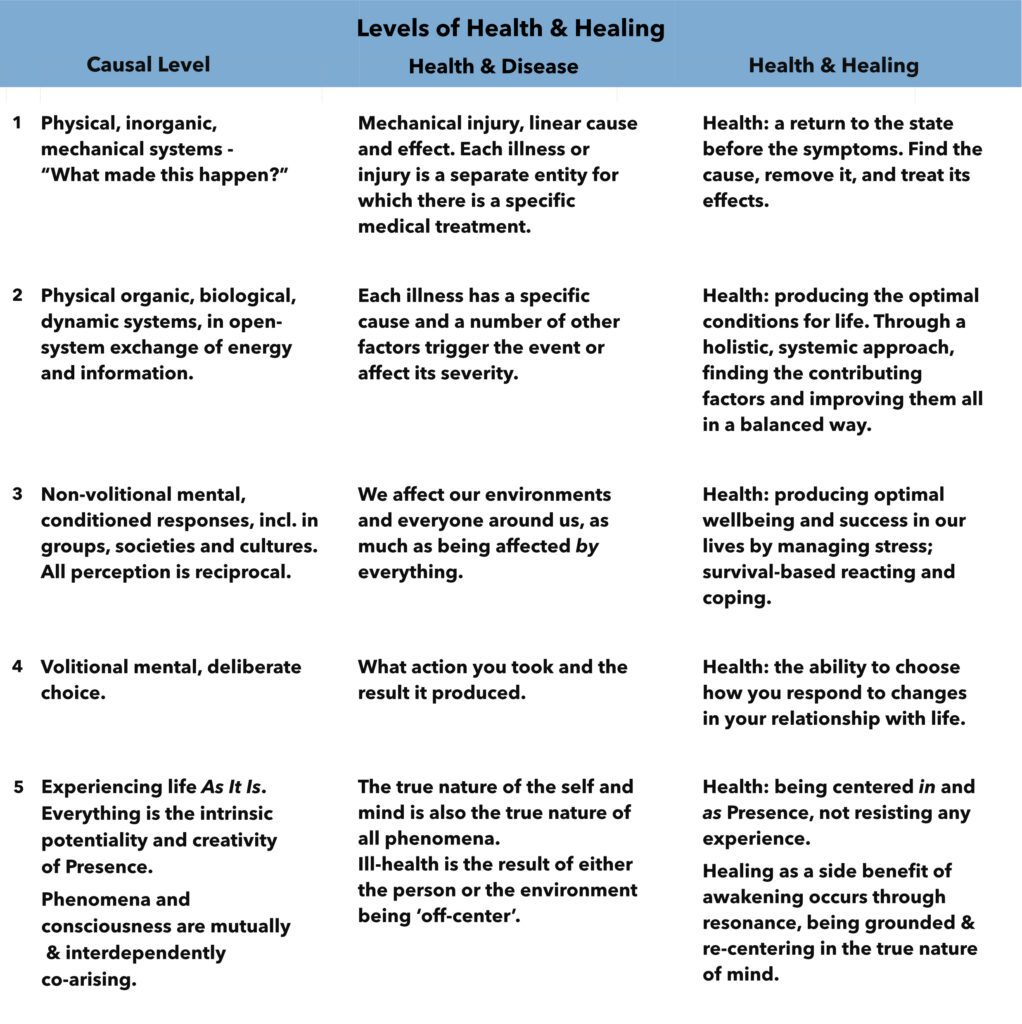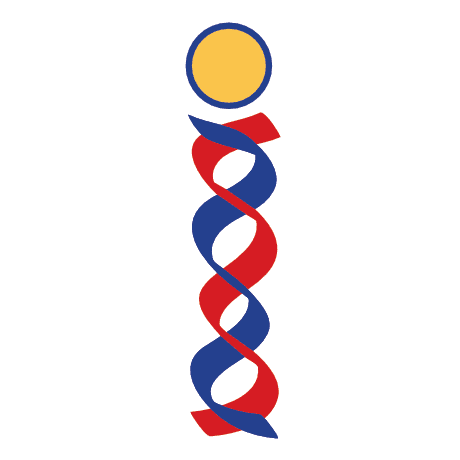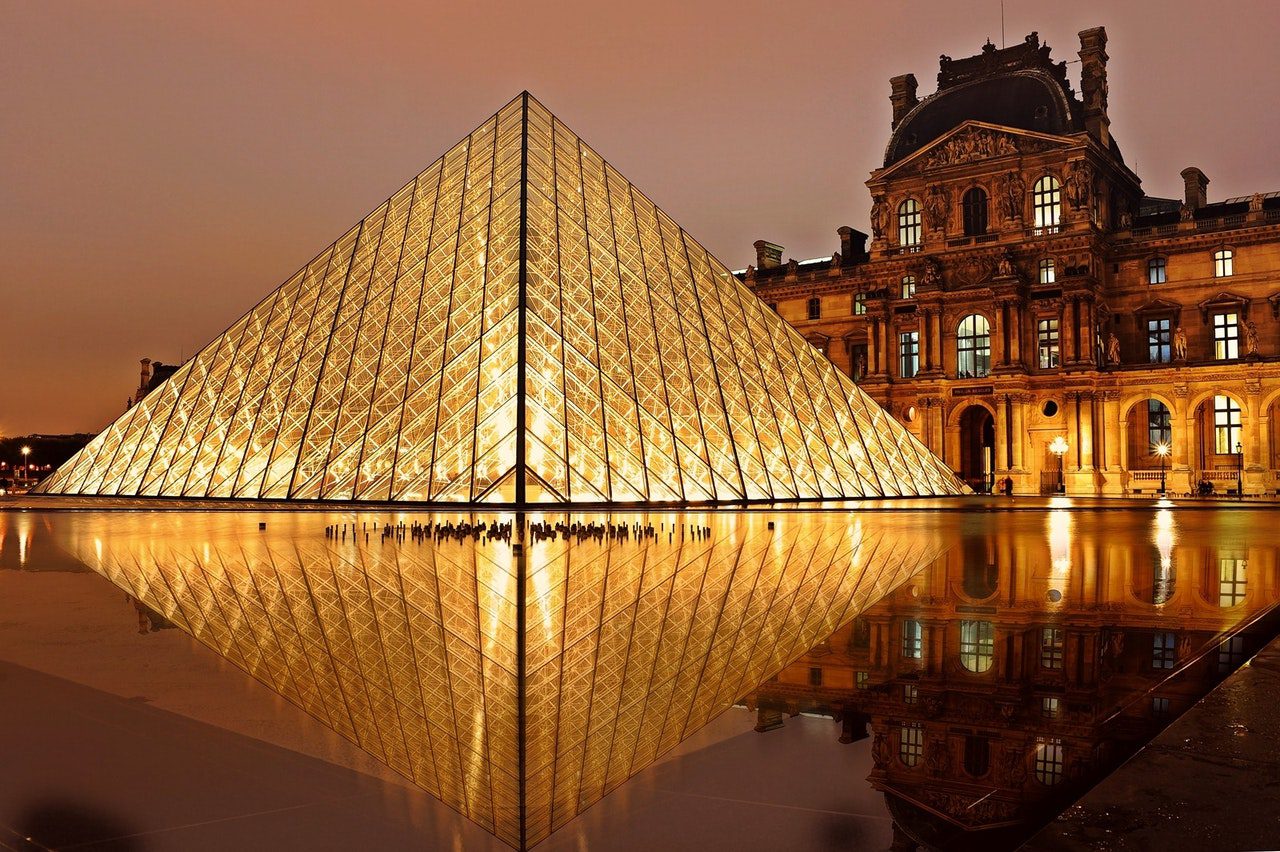Critique from a valued colleague and friend to The Healing Mechanism: “I disagree with the notion that the effect of holistic treatments cannot be studied on specific diseases, conditions, ailments. If holistic means non-traditional medicine, then there have been studies of things like Reiki … I know from (my wife’s) experience that homeopathic treatments work for specific ailments and quite well. Recently there was a study of a Tibetan traditional treatment and it works.
“Here’s how I see it. Life the Universe and such is already Whole. Allopathic medicine is holistic medicine. While targeted, often successfully at a specific problem, it almost always has “side effects”. Yes, you poke one thing in the human body and the whole thing is impacted. Sometimes the side effects are actually positive and unstudied. Sometimes they are deleterious. Physiology is impacted by psychology, … Perhaps you’d agree.
“That said everyone is made up of whole-parts. The body is a whole, single organism, incredibly integrated. Our cells contains the DNA of the whole organism. The part contains the whole and the parts don’t make sense out of context of the whole. Our livers only make sense in the context of the whole organism. Fractals and holograms come to mind. Separation or holistic vs. non-holistic medicine are more ways we think and categorize things than ultimately true. Such thinking is useful, too. The reality never really quite fits our thoughts about it. As you know our blood is the salinity of seawater. The cytoplasm in our cells reflects the chemistry of ancient oceans that were present at the origin of life on Earth (Currivan). Amazing, inescapable Wholeness wherever we look.
“Therefore it seems to me that it’s possible to create healing methods of all sorts for specific issues. … And I don’t see a reason why at least in principle they cannot be studied. Also seems to me that people come to healers with specific challenges.
“Even meditation has been studied for its negative side effects, e.g. those with some psychological conditions can freak out, even have psychotic breaks. As Ken Wilber said, anything strong enough to heal, can also do hurt — to some. Perhaps this is recognized in your healing communities, too.”
~ ~ ~ ~ ~ ~ ~
Seems to me the overarching question is whether holistic systems can be shoehorned into the research methods of scientific physicalist reductionism. As you’ve expressed it, you’re already waaaay more holistic than most doctors. Though allopathic medicine interventions have holistic effects, holistic medicine means treating the whole person, not the condition. Allopathic medicine, as its name implies, means fixing symptoms, or fighting against the condition. It’s necessary in so many different ways, and you certainly can relieve symptoms this way – in the short term. And it is rooted in aversion to experience – this shouldn’t be happening – to me!
Allopathic surgery can be amazing, like orthopedic surgery, but some other very expensive procedures like stem cells produce very mixed results. Likewise with drug research: a drug can be developed to target a specific biochemical issue, such as the tau-protein in Alzheimer’s, and succeed in doing the job, yet have no impact on the disease. In our consumer physicalist society we’re often more comfortable in our physical(ist) diagnoses and treatments. The whole medical environment, plus TV shows like ER, constant drug adverts, the doctor as the benevolent and wise patriarch, all reinforce a not-so-subtle social condtioning. Patients often insist on problem solving at Level 1-2, when it should be clear it’s at least a Level 3-4 issue (see below).
David Sinclair and everybody else involved in project Lifespan are shifting the goal posts here. If the conditions so much more prevalent with increasing age, can more usefully be seen as subsets of the one disease of aging, then the research focus shifts to the common mechanisms of aging and resulting damage.

We construct our sense of reality from our perceptions, and we construct our sense of self moment by moment. There’s a cycle of prediction, simulation, observation and calibration. As indicated previously, Lisa Feldman Barrett said that a number of medical researchers are also shifting their attention from an essentialist to a constructionist view of disease, similar to her work with emotions. The brain / CNS seems to find it more efficient and way less taxing on resources, to Predict and Simulate, then Observe the result and Recalibrate, rather than go in for absolute veracity and accuracy up front. That P – S – O – R model certainly fits into how our reference frameworks impact disease processes.
This, as you know, is much closer to how we construct our perception of reality moment-by-moment, and probably also to how we reify our sense of personal individuality again and again. In fact, constructing our emotions is tantamount to constructing a ‘self’. A consequence of this is that we are more responsible for our health – and in different ways – than we might imagine.
The actual stress of a life event won’t have as much effect on you as the way you perceive that event. Mona Lisa Schulz: Awakening Intuition.
This is not to say that we cause our illnesses, there are plenty of genetic and environmental influences causing or at least triggering all kinds of problems. As holistic systems in open energy and information exchange with the totality of our environments, for a lot of problems it may be practically impossible to ascertain any cause, any underlying cause, or any root cause.
Paul Pearsall addressed this very succinctly when he said in a lecture, “Connection heals. I am not saying that the absence of connection causes illness. There is no evidence for that, and to state that would be to completely distort my message.” We do, however, construct our experience of any event, pleasant or otherwise. That constructed perception and experience can feed back into the mechanisms of illness. It doesn’t always work to expectation! One person commenting on the death of a mutual acquaintance from liver cancer, said “If there were any truth to the idea that negative thinking causes illness, I’d be dead by now.” A little later in the conversation she hit on a ‘negative’ belief: “if God loved me, I wouldn’t be here.”
The fundamental difference difference between allopathy and homeopathy is not in the remedies, but in the reasons for prescribing. If one uses a single rubric from a Materia Medica, as is done commonly with Arnica, that’s pretty much an allopathic prescription. When treating the whole person, matching the symptom picture of the person to the symptom picture of the remedy, that’s homeopathic prescribing. Acupuncture, acupressure, and some forms of qigong healing lie variably in the middle. I’ve treated benign positional vertigo with acupressure, with only slight variations in the treated points – almost allopathic – plus an exercise that varied from patient to patient depending on severity. Some acupuncturists with a much deeper sense of the whole person may only use one to three needles rather than relying on text book lists of symptoms and associated points.
A study – or more accurately ‘drug trial’ – of homeopathy in Britain, took patients with rheumatoid arthritis and gave them the same remedy, commonly prescribed where arthritis is a symptom, in a standardized dose. The trial was bogus on all three counts. The results, as intended, were no better than placebo: so homeopathy doesn’t work and is “pseudoscience” – the favorite bugaboo.
Homeopathy matches the symptom picture of the patient to the symptom picture of the remedy, including energetic, emotional and mental symptoms. (Our emergence from saltwater is said to be one reason why Natrum Muriaticum – NaCl – is such a common remedy, especially in small islands like Britain and New Zealand, but all remedies can be related to the sphere in which they occur naturally.) You’d then watch for a healing response where cure takes place from within outwards, from above downwards, where more important symptoms get better before less important, and in reverse order of appearance. I’ve had and seen healing reactions – “exacerbations” or “Qi reactions” – from personal transformation work, homeopathy, acupuncture, trigger point release, Qigong, massage and (mildly) even craniosacral therapy. They are always curative. Given time.
With allopathic symptom fixing, that curative direction and effect is reversed, becomes suppressive, driving the condition deeper into the body and the being, a common example being that, if you suppress childhood eczema with cortisone creams, you tend to produce asthma. It’s virtually impossible in this society to practice whole person healing, when the meds people take are symptom-fixing and likely suppressive. Meds also tend to antidote homeopathic remedies, but all kinds of legal problems ensue if you suggest people go cold turkey on Big Pharma.
Someone working with any named condition is not practicing holistically, and certainly not homeopathy. “Homeoepathy for X-itis” is self-contradicting. I’m never treating X-itis by any method, nor can I claim to “cure X-itis.” One of my former teachers said in an interview 20 years ago, that most folks are not practicing homeopathy, and even when they try, their patients insist that symptoms get fixed a.s.a.p. with an allopathic approach.
This may sound like purist hairsplitting. Some scientific research – like David Sinclair’s work – is absolutely brilliant. The question isn’t whether an approach can be studied so much as what factors and variables and systems are being included. It’s whether only physical mechanisms are being considered, and if the results are relieving symptoms, suppressing symptoms, or genuinely curative.
When we’re looking at beneficial and deleterious results, how do we determine which is which? The longer any issue has been suppressed, or the energy stuck and blocked, the more dramatic the effect when we take the lid off – on all levels, which is partly why meditation is said to “cause psychotic breaks”. (I knew one long-time tantric meditator who had terrifying experiences/past-life memories surfacing, and was deliberately using his practice to maintain lockdown.) Meditation is not therapy, it’s purpose and function is not to make people “feel better”. If you use the wrong tool for the job, don’t be surprised by unwanted effects.
Cigarettes are highly efficient for emotional suppression – the backlash on quitting can be ferocious, so people often eat a whole lot more instead. Transcendental Meditation seems to do a pretty good job as well. One spectacular suppression I’ve seen was achieved with the Bach Flower Remedies. Who knew?
What we do know from psychotherapy, meditation and personal transformation seminars is this: the single most important key is to be willing to have your experience be what it is, so it’s likely to be important in all holistic healing.
Even an exercise approach can be holistic. On the second Total Motion Release course, the instructor let a young lady in who wasn’t a PT. He wanted to see how much difference could be made over the weekend. She came in with a 6 out of 10 pain in her right shoulder after six shoulder surgeries, and only able to flex the shoulder about 20°. By the end of the weekend she had a 2 out of 10 pain, and could flex the shoulder over 100°. The only joint she had not exercised or stretched during the weekend, was the right shoulder joint.
Reiki has been shown to alleviate some symptoms of multiple sclerosis, and for that is preferable to the Bengston Method. Then “all” you have to do is show that there’s been a real input of information or energy, and how that translates into the physiological response, especially for any given symptom. That’s a tad difficult with a global treatment, and where the practitioner is held to be a conduit rather than causal agent. Bengston points out one reason why he thinks the process is the healee taking the information they need from the healer. When either or both the healer and healee experience warmth or tingling, there’s nothing to indicate, no way to measure, that any energy has been transmitted or absorbed.
Any symptom indicates that the body knows there’s a problem, and is already trying to do something about it. A symptom occurs after the whole system has already adjusted and compensated as much as possible, so the symptom is the ‘least worst alternative’. When does the body heal a given symptom? When I first asked myself this question, I sat and stared at a top corner of the room for 40 minutes. Finally, the answer came, shocking as well as obvious: When it doesn’t need it any longer. The symptom, and the symptom picture, points us to the cure.

If I burn a finger, hold it under cold water until the pain goes away, no other consequences, then at this simplest, mechanical cause–effect level I’m healed. Return to prior function is a Logical Level 1 definition of health. Research is relatively easy at this level, because you’re – ideally- only changing one variable at a time. Going into logical levels, the whole array becomes more of a spectrum than binary choice. In Levels 2 and 3, obviously life becomes more complex and there’s a need to think in systems. (Fig 1.) Different problems need different solutions at different levels at different times, s’obvious. Only since we’re 1 through 5 Level beings, isn’t it a tad limited trying to research and treat everything as a Level 1 issue?
At Level 4, health can be defined as “the ability to choose how you respond to changes in your relationship with life” – where “life” includes just about everything, from infection to injury and more. So “healing” involves a greater ability for the patient to choose how they live their life. If someone is totally dependent in a coma, all choice has gone. The Level 5 definition is similar to Wei Qifeng’s “healing is a side effect of awakening”, only with “no fixation on the condition, on the outcome, or the reference framework.” At this logical level, Qigong isn’t about being any kind of healing modality, but a deeper and more transformative process which changes the Qi states of the body. Research is a bit more of a challenge.
“Amazing, inescapable Wholeness” – indeedy. The true nature of consciousness is the same as the true nature of all phenomena (with consciousness, information, energy, and matter all considered to be Qi), and the same as the true nature of the infinite wholeness of all reality, also exhibiting self-awareness throughout that infinity. The idea in Qigong is that by merging Mingjue (true nature) awareness with one’s Qi (includes the body), one can merge that whole entirety with the infinite entirety, a Mingjue ‘whole’, experiencing self-awareness of the whole, the heart of reality and the source of all energy. The purer the connection, the better the healing and the deeper the transformation. (There’s an advantage in letting Mingjue / True Nature do the deepening / deconditioning work – there’s less effort required.) Within this experiential frame of reference, it’s perfectly OK to use lower-level, more direct forms of Zhineng Qigong – as per the bladder tumor disappearing on a YouTube video. True non-duality includes duality.

How Awakening Heals.
One step further: Dr. Herbert Benson who did the original research into meditation, and Rick Weinman of VortexHealing, among many others, have noted that meditation and awakening tends to produce improved health. It is not a cause, nor a guaranteed correlation. Nor is the presence of any condition or illness – or conditioned behavior – any indication of lack of awakening. But how might it occur? Well, remembering that the true nature of mind is also the true nature of all phenomena, and expanding on the previous section:
We’re not separate from, nor independent of, nor identified with, the tapestry of Indra’s net and Maya illusion, with formless or form. We’re inherently and intimately part of the web of awakening creative evolution, we are the fabric of the cosmos (and vice versa). Only the Ajata conclusion, that nothing has ever arisen, seems to give an unwarranted importance to human consciousness.
Everything occuring or experienced happens as a result of causes and conditions, is contingent on and interdependent with everything in the universe, including time and space. This also includes the illusion of ‘self’, of thought, mind, consciousness, memory, perception, meaning and experience.
Everything changes, is impermanent and lacking any inherent self-nature, including this and any other universe, including experience, mind and consciousness, so its true condition is ‘the void’, emptiness.
Form is emptiness…. Since there is nothing to be gained by taking anything, or any ‘self’, as anything but a dream by a dreamer in the Dream, this is where suffering ends.
Emptiness is form…. not separate from appearances, so a dreamer carries on living a normal, dream-like life, recognizing its dream nature.
Since appearances / forms arise, exist, change and disappear, even interdependently, the question remains – how do they arise?
The universe and everything in it exists, only interdependently co-arising. Any sense of self, of mind, of consciousness is empty of inherent, self existence, and still exists as an interdependent co-arising. What’s more, if the realm of Form and appearance has any validity at all, appearances were happily and interdependently co-arising before human consciousness appeared on the scene. There’s also been a lot of appearance in Form since Buddha – or more recently, Ramana Maharshi – realized Emptiness, sunyata.
“Everything is flux” – Heraclitus. Everything arises within and as part of the same flux.
“As the water manifests the brightness of the moon, the moon manifests the clarity of the water.” Quoted by Shannon Lee in Be Water, My Friend.
Emptiness self-arises, in dependent origination, including all sentient beings, as form.
Form, including all sentient beings with no inherent self-existence, self-liberates as emptiness through seeing as primordial awareness.
Mind, though given to chasing such gems of realization, sees its own true nature and self-liberates as primordial awareness, leaving us with the silent spaciousness of immediate, direct experience.
Absence (or Emptiness) is perceived through Presence (or Form), but is absent of anything that can said to constitute Absence.
Dr Pang Ming describes Mingjue / Yiyuanti as the highest form of Qi, a material substance (because it can affect matter), which reaches its highest development in human consciousness. It also said to be an attribute of the universe, and so for both reasons it arises contingently and interdependently. It is subject to the impermanence of any universe, and has the attribute of being self-aware.
The healing only works because we’re not awakening Mingjue, rather that Mingjue is awakening in us, and is smarter than we are. Not so much the body’s wisdom doing the healing, but Mingjue’s wisdom. Mingjue responds to our intention and focus, and can do so selectively. It can integrate original universal Qi everywhere in our bodies, and harmonize us consciously with our true nature – all occurring in Form. Instead of ignoring it, we should work with it.
That’s (w)holistic healing.
© Malcolm Fraser 2024. All rights reserved.




